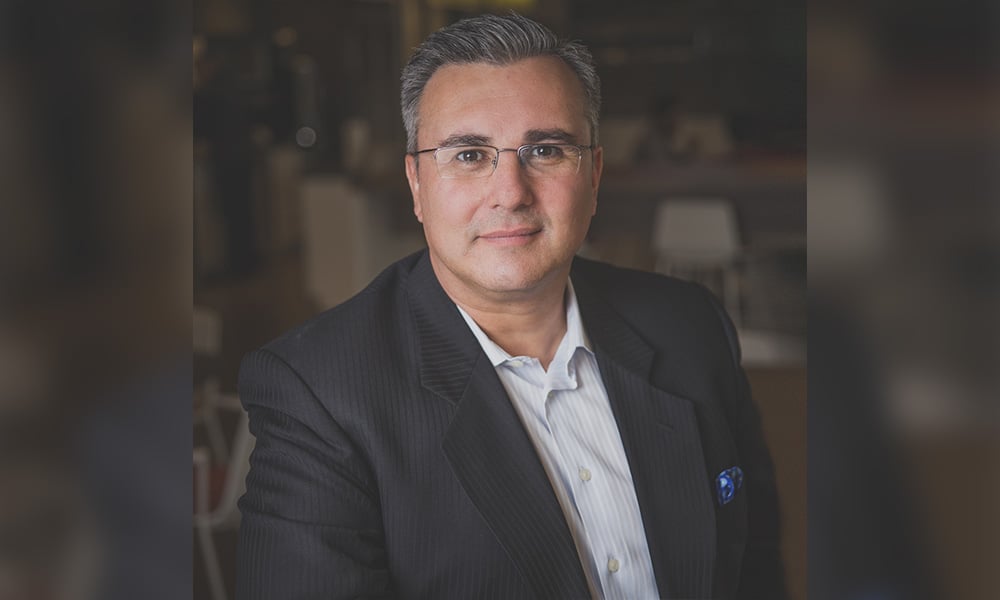Financial industry executive explains how flexibility in RRIFs and LIFs can help retirees mitigate risks

Given the greater-than-ever need for liquidity most Canadians are facing because of the coronavirus crisis, the federal decision to lower required minimum withdrawals from RRIF and LIF accounts by 25% for 2020 might not make much sense to the layperson. But for savvy financial planners, it’s an important signal.
“What the government has done is recognize that there’s market volatility beyond what can be expected from normal occurrence,” said Sam Febbraro, executive vice president, Advisor Services with Investment Planning Counsel. “And when you look at things like retirement planning for seniors, that move opens up possibilities in a couple of areas we’re always looking at.”
Febbraro stressed that those who have already withdrawn the originally legislated minimum amount from their RRIF or LIF can no longer benefit from the new 2020 minimums. Retirees who have yet to make withdrawals, meanwhile, have a chance to avoid critical retirement-investing pitfalls, including sequence of returns risk.
“When the market value of your RRIF or LIF investments fall, you have a smaller pool of wealth to draw from in your later years,” Febbraro explained. “If that happens to occur just as you enter retirement, there’s a much greater risk that you’ll live another 20 to 30 years and deplete those savings as you make regular withdrawals.”
As the markets recover, equity holdings within an investment portfolio have a chance to regain their original value. That means generally, a retiree with other sources of income aside from their LIF or RRIF will want to rely more on those alternative streams right now, and give their registered funds time to recuperate.
“The market is obviously recovering, but it’s still early days, and there’s a lot of volatility,” Febbraro said. “Any withdrawal you make right now from a RRIF or LIF, particularly if it involves liquidating equity holdings, will most likely get locked in as a permanent capital loss. So if you don’t need that income right now, that’s something you want to delay or decrease to participate in a longer-term recovery.”
Shrinking one’s RRIF or LIF withdrawal footprint can also allow them to avoid landmines in tax planning. As Febbraro noted, by taking too much out of a RRIF or LIF at a time, one runs the risk of getting bumped into a higher tax bracket, which would expose them to larger tax expenses, potential forfeiture of certain tax credits, and possible clawbacks of benefits like OAS.
“If a retiree can afford to withdraw less from their registered fund and does so in line with the lower minimum, they also allow more of their capital to grow over time on a tax-deferred basis,” he said.
Aside from the new lower minimums, retirees who want to reduce the risks from withdrawals can look to other areas of flexibility. One possibility is to modify the timing of their withdrawals to another time within the year, which could further raise the opportunity to participate in a market recovery for the remainder of 2020.
“They can also look at the asset mix within their portfolios,” Febbraro said. “If they’ve been maintaining a balanced portfolio with 40% to 50% in fixed income or cash and the rest in equities, they should consider withdrawing from the fixed-income or cash portion.”
Eventually, he said, a typical investor should reallocate to their original balanced position, which ideally would be a point in time when their nest egg has at least recouped the losses it sustained from the recent market downturn.
“There are a lot of moving parts to these strategies,” Febbraro stressed. “With the help of a qualified financial planner, retirees should be able to explore all the possibilities open to them and find the best path forward for their situation.”



